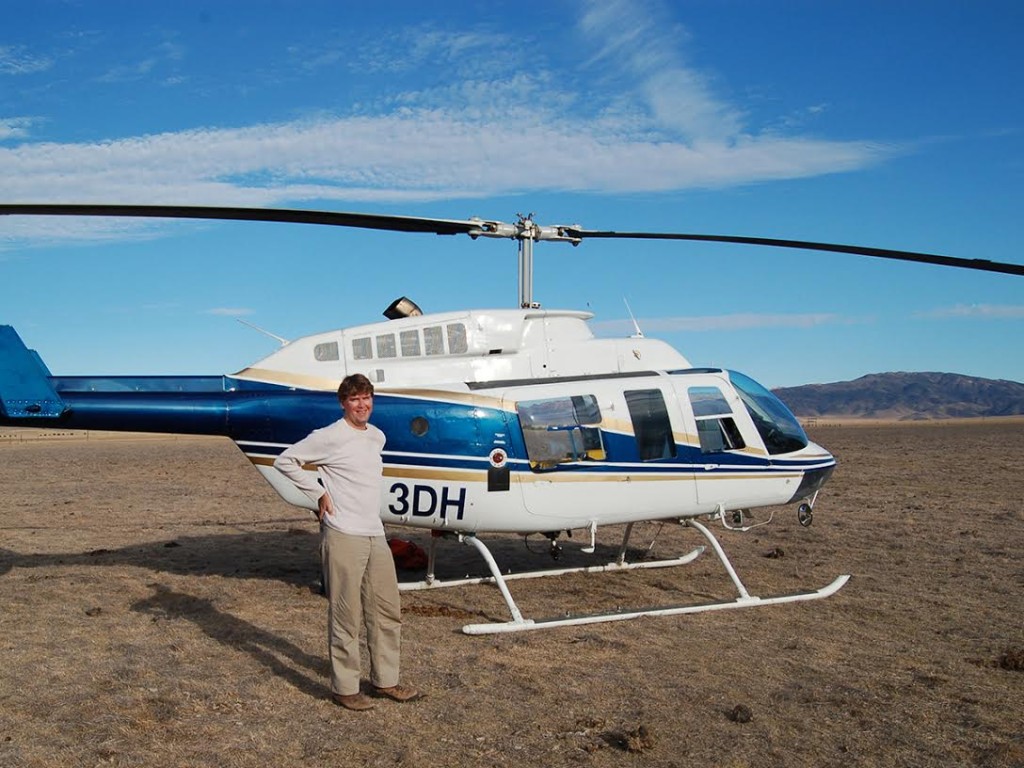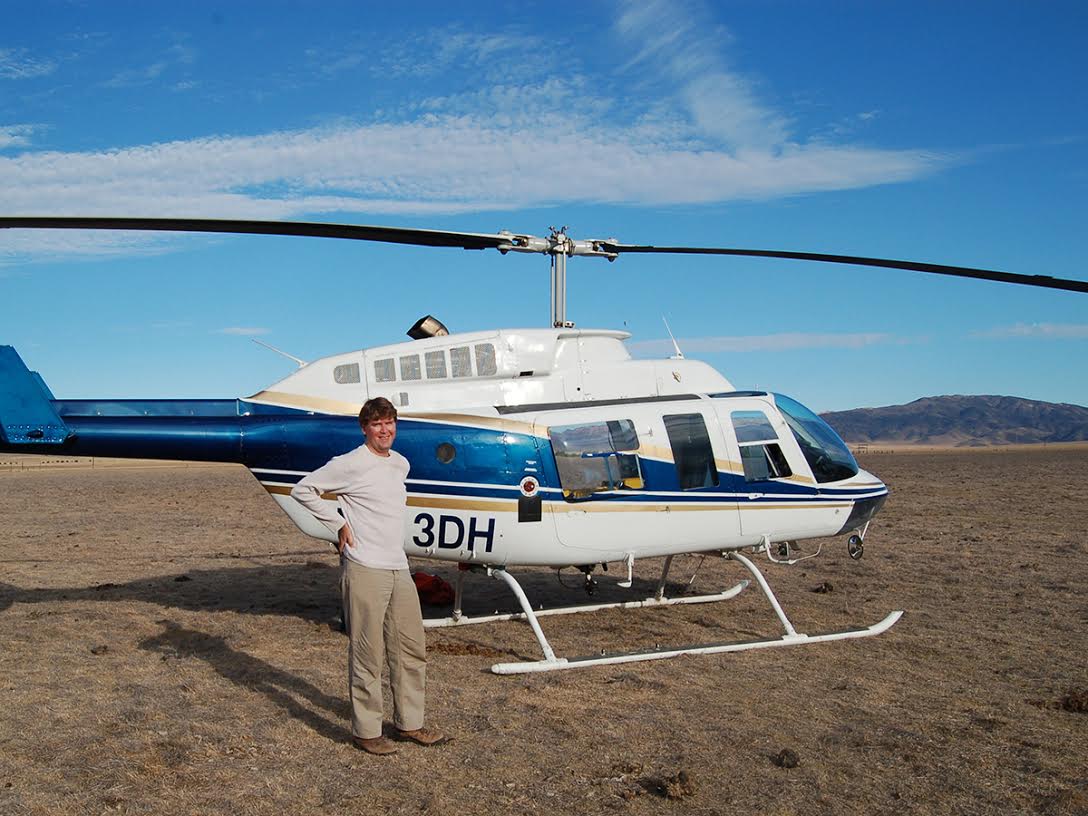
UCR Associate Professor and Undergraduate Advisor for Geophysics Gareth Funning and a team of researchers have discovered how thrust faults can enable earthquake ruptures to jump further than distances determined in previous findings.
Funning has been collaborating with Ed Nissen of the Colorado School of Mines, John Elliott and Barry Parsons of the University of Oxford, Alastair Sloan of the University of Oxford and University of Cape Town, Tim Craig and Tim Wright of the University of Leeds and Alex Hutko of the Incorporated Research Institutions for Seismology (IRIS) Data Management Center. Together, they have published a paper regarding thrust faults in the journal Nature Geoscience, entitled, Limitations of rupture forecasting exposed by instantaneously triggered earthquake doublet.
A thrust fault is a type of fault in which the ground on one side of the fault shifts above the adjacent ground by compressional forces, causing horizontal stress. The group of researchers have found that an earthquake caused from a single thrust fault can spread 10 times farther than initially believed to a second nearby thrust fault.
In the LA area, several thrust faults exist within close proximity of each other, sparking concern in the researchers over the possible devastation if a double earthquake, or “earthquake doublet,” was to occur.
Attention was brought to thrust faults in the LA area after the occurrence of the 6.7-magnitude 1994 Northridge earthquake, one of the largest earthquakes in North America that was instrumentally recorded in an urban setting. The earthquake occurred on a blind thrust fault with damage being incurred on major freeways, parking structures and office and apartment buildings.
The 1997 Pakistan earthquake which included a magnitude 7.0 earthquake and a magnitude 6.8 earthquake, occurred within 19 seconds of each other and only 50 kilometers, or 30 miles, apart. Rather than viewing the magnitude-6.8 earthquake as simply an aftershock, Funning sees the two incidents as subevents of “mainshock.” This earthquake is of particular interest because of the similarities found in the plate boundaries, faults and distances apart in respect to this region of Pakistan and the LA area.
Although the probability of a double earthquake in the LA area is low, Funning still believes that the potentially massive devastation that could occur is enough motivation to worry Californians living in the area. “These faults are much closer to major population centers in southern California than the more famous San Andreas. So yes, we need to be aware that they pose a threat, and prepare accordingly (make emergency plans and set aside emergency supplies).”








